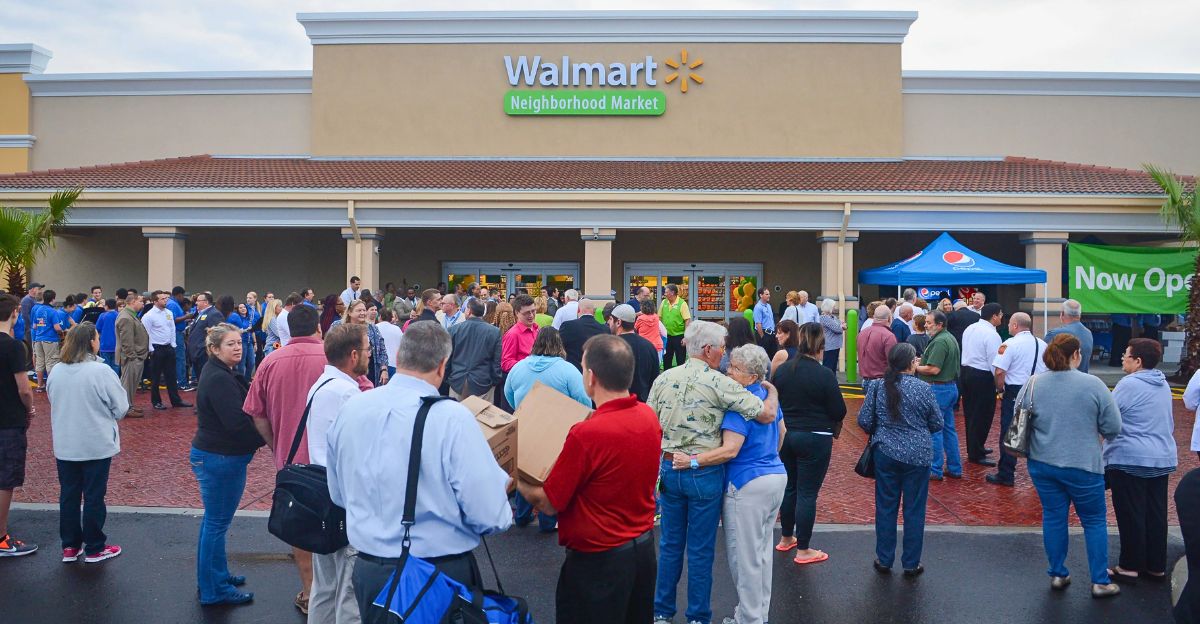
They battle daily: stretch benefits that are limited to meet rising costs. However, billions of supplemental health and food benefits go unused yearly, not because of a lack of need but because the system is too labyrinthine.
When Walmart partnered with NationsBenefits and the National Council on Aging, an innovative plan that blurs real-world access with digital innovation, it was time for a shake-up. It’s more than just a retail story; it’s a bold, tech-powered attempt to close the gap between what seniors owe and receive. Can a retail giant rewrite the rules on aging well? Let’s dive in.
The Huge Financial Opportunities Seniors Often Overlook

Roughly two-thirds of Medicare Advantage members never use their over-the-counter (OTC) benefits, translating into billions of dollars forfeited annually. And the reason? Complexity. Every plan is different, and eligibility and product offerings are often obtuse.
Many seniors are overwhelmed enough by their health and financial dilemmas and throw up their hands in frustration. It is not just ineffectiveness; it is a silent crisis, leaving vulnerable Americans without food, wellness products, and medication. Walmart’s new platform draws attention to the pain, promising clarity and real-time tracking so no benefit goes unnoticed and unused.
How Technology and Empathy Drive Walmart’s Digital Revolution
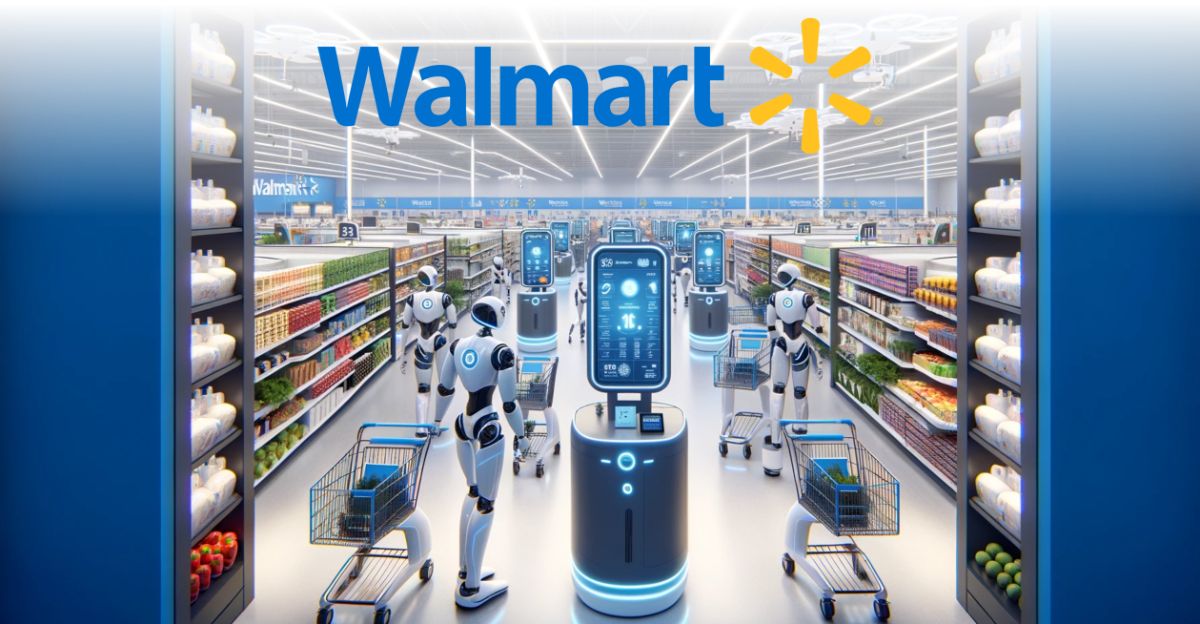
Walmart’s partnership introduces a first-of-its-kind AI-powered platform, “Everyday Health Signals,” which analyzes shopping history and provides personalized, actionable health insights. For the first time, eligible seniors can see a ‘benefit program eligible’ badge on online and in-store products, filter for items included in the benefit program, and track spending in ‘real time’.
This frictionless experience demystifies the experience and allows users to make healthier decisions without the anxiety of whether something is inclusive by making the invisible visible. Walmart is not just simplifying shopping—it’s restoring agency to millions of older Americans.
Fighting Food Insecurity Through The SNAP Connection

Beyond Medicare, Walmart Foundation’s $2 million investment with the National Council on Aging (NCOA) targets another critical gap: food insecurity. Millions of eligible seniors never apply for SNAP benefits, often due to a lack of awareness or daunting bureaucracy.
Walmart supports funding community organizations to enroll 20,000 older adults, with a focus on underserved populations and rural areas. It is more than charity; it’s a strategic bet that removing friction from benefit access will yield healthier, more independent seniors—and a stronger, more loyal customer base.
Exploring The Idea Of Retailers Acting As Social Safety Nets From a Contrarian Viewpoint
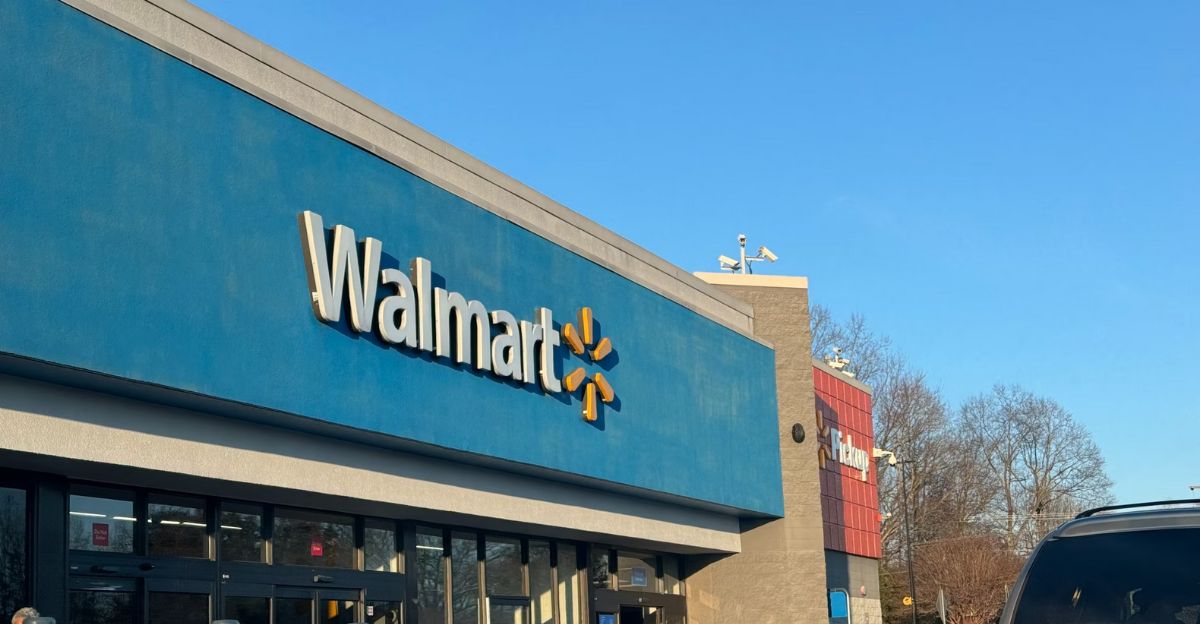
Critics would question whether a retailer should enter public health, but history has shown that the private sector often fills gaps left by government inactivity. At a time when traditional safety nets are fraying, Walmart’s omnichannel reach of 145 million weekly customers gives it unmatched power to deliver benefits at scale.
It is a chance neither solely a business opportunity nor a redrawing of corporate responsibility’s boundaries. If government agencies can’t reach every corner, maybe the answer is hiding in plain sight: the local superstore.
The Role of Simplicity In Psychology and Its Impact On Effective Design Export
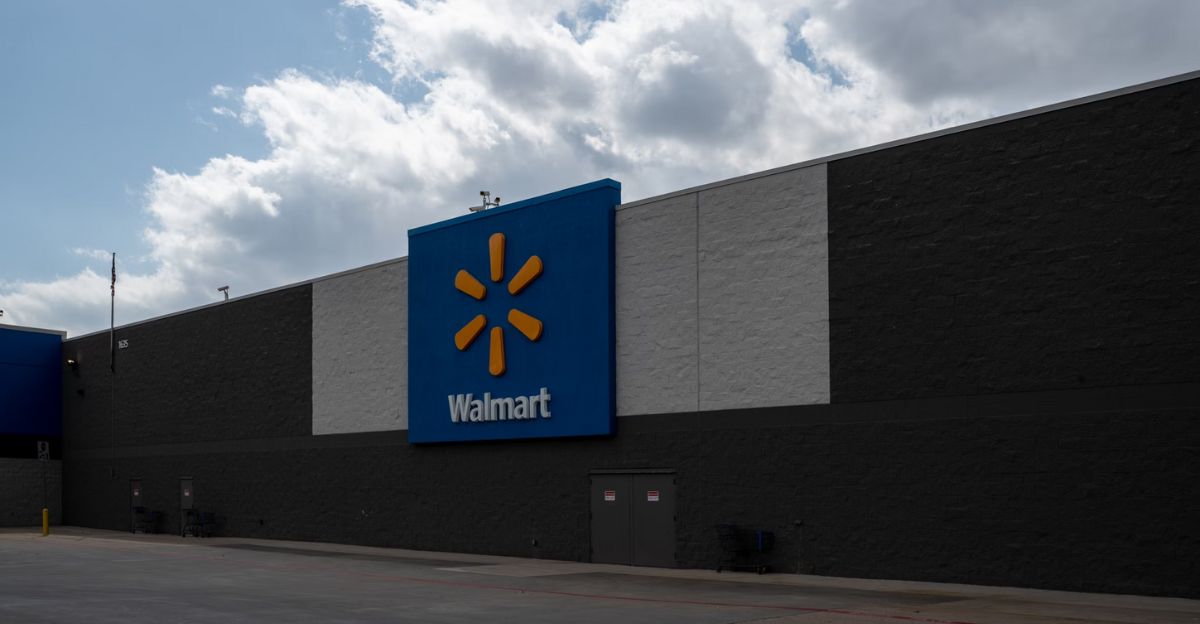
Behavioral economics teaches us that complexity kills participation. If benefits are challenging to locate or comprehend, individuals will self-opt out, even when doing so is against their interests.
With straightforward eligibility badges and instant benefit visibility, Walmart’s clean interface takes advantage of decades of retail psychology to steer seniors toward improved outcomes. It isn’t about technology; it’s about applying design to close the intention-action gap to get more seniors to use what they’ve earned.
How Second-Order Effects Impact Healthcare Systems

By improving seniors ‘ access to wellness products and healthy eating options, Walmart could significantly improve health and reduce healthcare expenses (like hospital admissions and ER visits).
By using a significant portion of unclaimed benefits to purchase usable medical supplies, Walmart could save a substantial portion of Medicare and Medicaid. Walmart should drive competitors and carriers to innovate and move faster in the marketplace, which could lead to a more equitable market and improved health outcomes for the population.
Unlikely Combinations Featuring Retail AI and Public Health
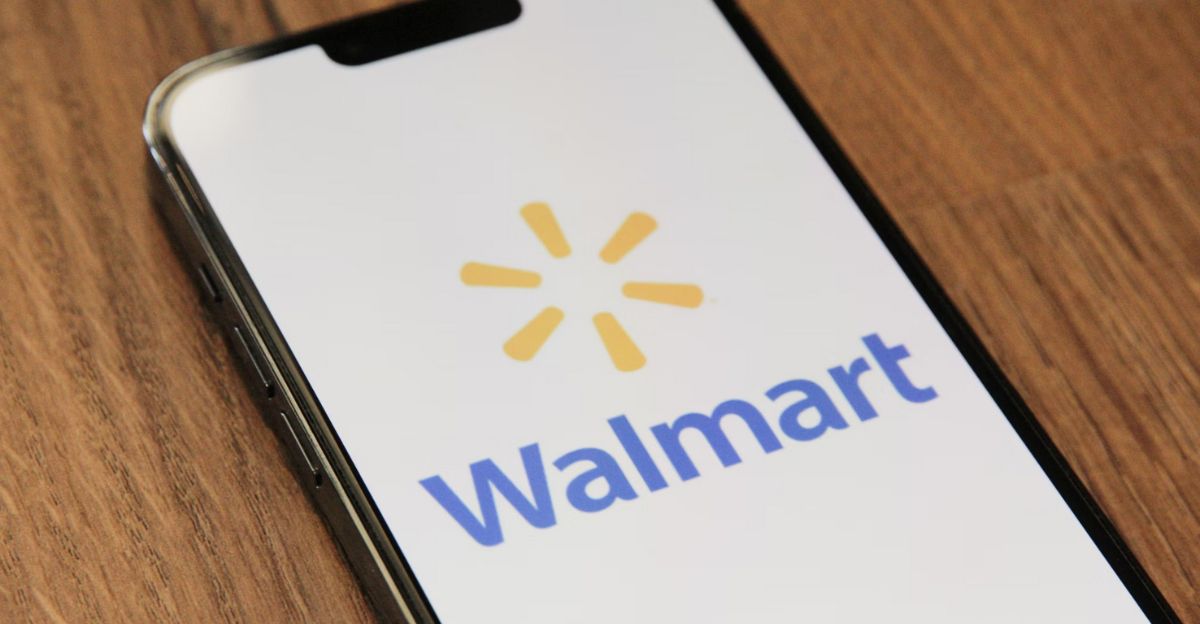
Walmart is redefining the boundaries between retail, technology, and health care. Its AI-enabled platform does more than recommend products; it provides personalized health recommendations for seniors through a gentle nudge.
Imagine a future where your grocery cart is your health coach, and your pharmacy is placed in your shopping trip once a week. This convergence could inspire similar mashups, think Amazon, CVS, or even local grocers, creating a new competitive landscape where health and commerce are inseparable.
Echoes Of History Transform General Store Into Care Hub
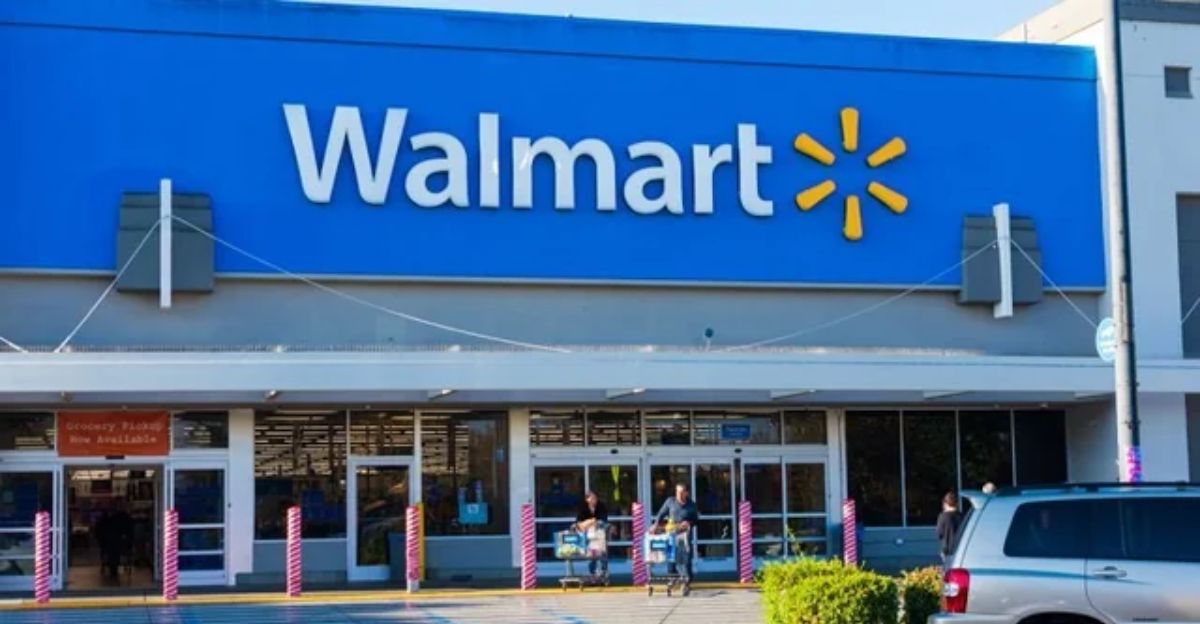
Walmart, the iconic retailer, is reenacting the old role of the general store as a social anchor. In the 19th century, it was a lifeline: a place to get credit, advice, and social connection, which were vital to life then.
Today, because care homes suffer from a staffing shortage and more elderly folks prefer to age in place, Walmart’s ubiquity makes it a modern care hub, capitalizing on its scale and trust to revive an old model where commerce is intertwined with community care.
Ideas On The Concept Of A New Social Contract
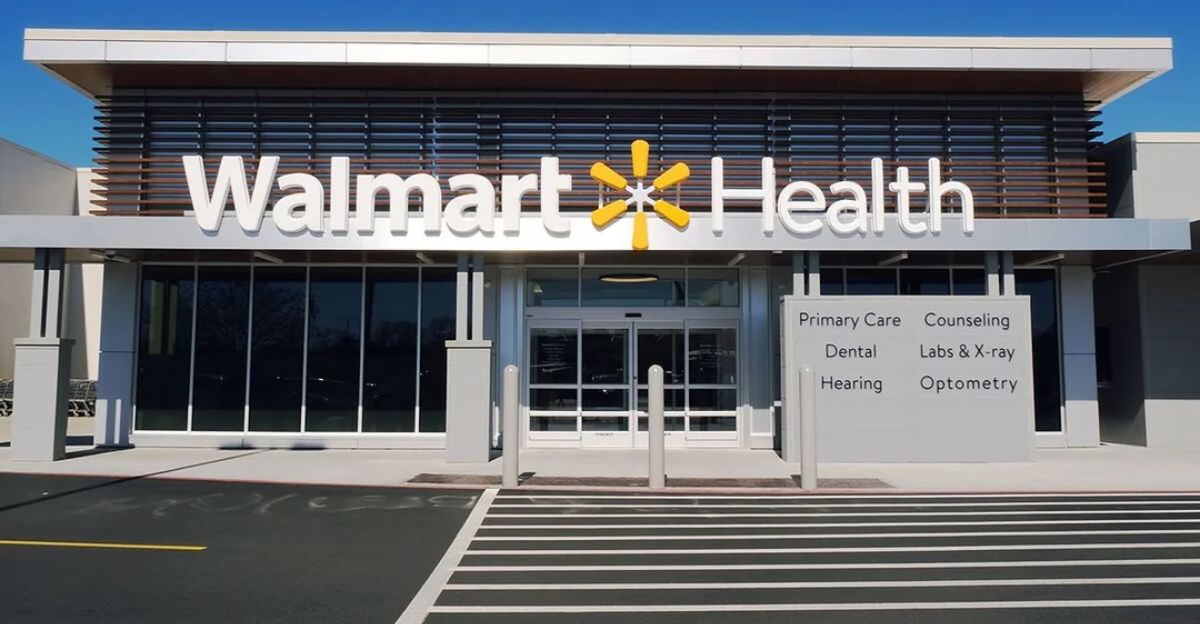
Walmart’s collaboration to help seniors maximize their benefits produces more than a business strategy; this is an audacious effort to redefine a social contract. By combining retail convenience and personal preference as assessed by algorithms, and determining benefits available due to specific outreach to the community.
Walmart aims to fill the same gap that the government and health care have been unable to fill. The success of this model could extend well beyond Walmart and represent a new way for private enterprise to achieve a public good. Although the promise of this opportunity exists, the question is whether it’s achievable, and if so, how?
Discover more trending stories and Follow us to keep inspiration flowing to your feed!

Craving more home and lifestyle inspiration? Hit Follow to keep the creativity flowing, and let us know your thoughts in the comments below!
